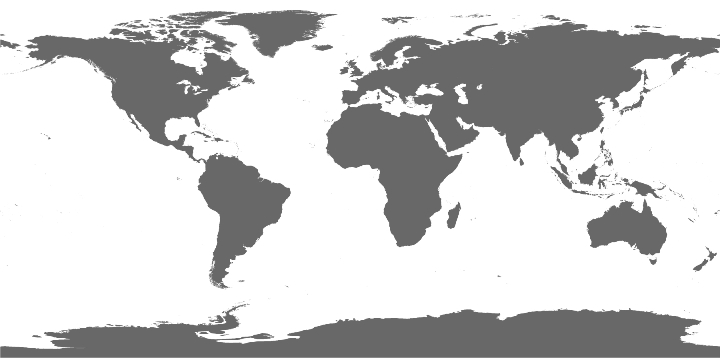Dataset 521
Fluctuations in abundance of large herbivore populations: insights into the influence of dry season rainfall and elephant numbers from long-term data
Realm: Terrestrial
Climate: Tropical
Biome: Tropical and subtropical grasslands, savannas and shrublands Central latitude: -19.000000
Central longitude: 26.500000
Duration: 37 years, from 1972 to 2017
Climate: Tropical
Biome: Tropical and subtropical grasslands, savannas and shrublands Central latitude: -19.000000
Central longitude: 26.500000
Duration: 37 years, from 1972 to 2017
23997 records
77 distinct species
Across the time series Loxodonta africana is the most frequently occurring speciesMethods
In HNP, information from both aerial censuses and waterhole censuses were available. Aerial census was conducted yearly from 1980 to 2001, except in 2000, and data were obtained from National Parks and WWF aerial survey reports. These censuses followed standard procedures recommended in Norton-Griffiths (1978) and were analysed using Jolly's method (1969). Information from waterhole censuses were obtained from the Wildlife Environment Zimbabwe that has monitored herbivore populations from waterholes since 1973, with missing data for 1974, 19761981 and 1983. The 1997 data from waterhole census were not included in the analyses because exceptional rain fell during the count, which provided an abnormal situation where only few animals came to drink. The waterhole monitoring consisted of recording the number of animals coming to drink in yearly 24-h counts that occurred at the end of the dry season during the full moon. Although aerial census is a standard technique to monitor wildlife, and waterhole census is less common, the specific characteristic of water distribution in HNP provides a unique opportunity to count animals around artificial waterholes. In addition, aerial technique is biased towards larger species (Jachmann, 2002) with waterhole censuses providing data on even the smallest herbivores. The waterhole monitoring also presents the advantage of being the longest dataset available. Aerial census over several years at waterholes in the Hwange National Park, Zimbabwe.Citation(s)



.
In (Eds.),
(p. ).
:
.
,
(),
.



